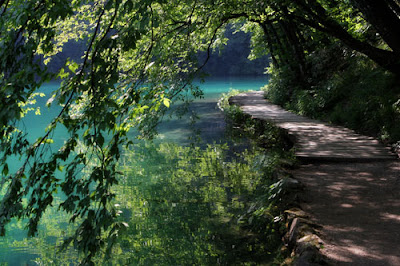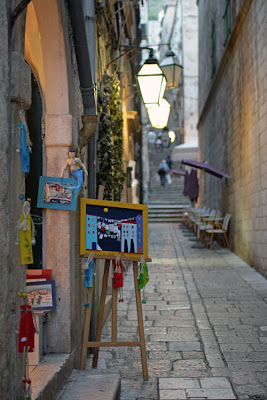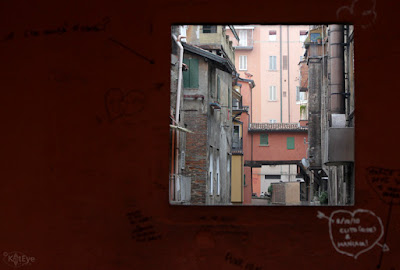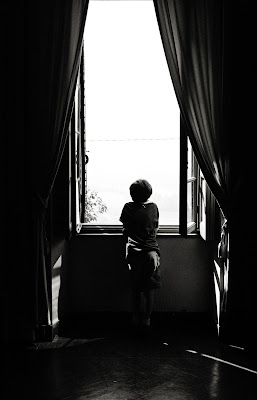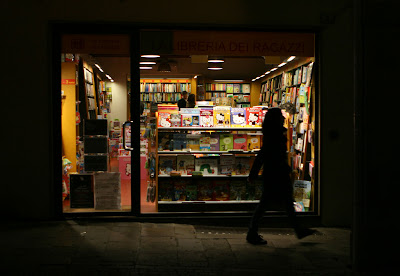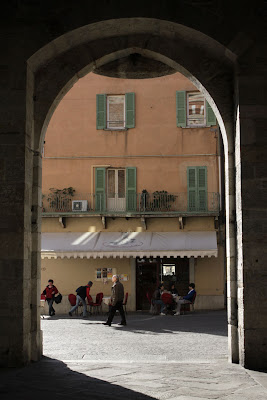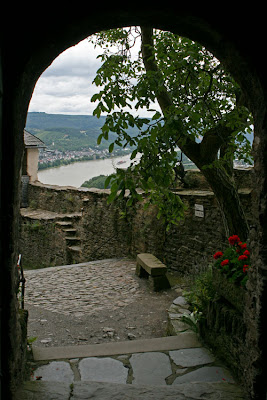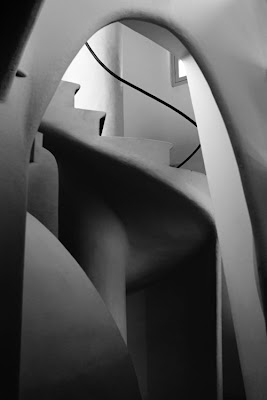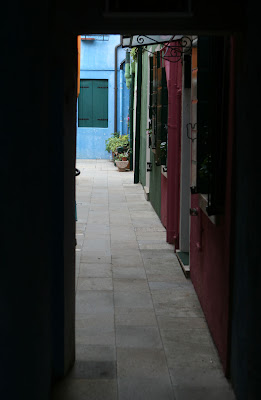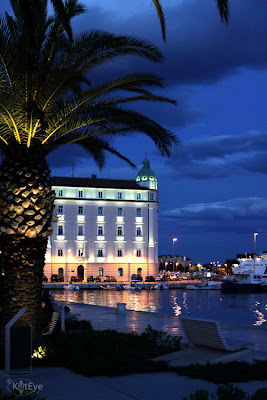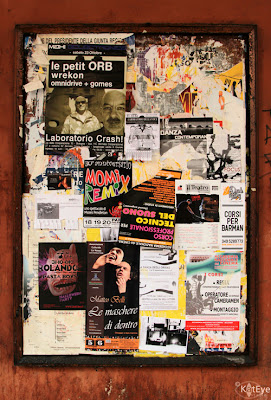Today I find myself in search of beauty. Craving flowers in my images. As I sat down to write this morning, I discovered I didn’t have any photos ready that I wanted to share today. So I set out in search of some beauty.
For some reason, this brought to mind a day spent in Korkula, Croatia, in 2010. On this day, I wandered the alleyways of the historic stone town. I remember enjoying the shady light, the summer flowers and the texture of the stone. It was a quiet day, as if I had the town to myself. Me and my camera.
Revisiting images of Korkula, I found beauty.
What are you searching for today?


